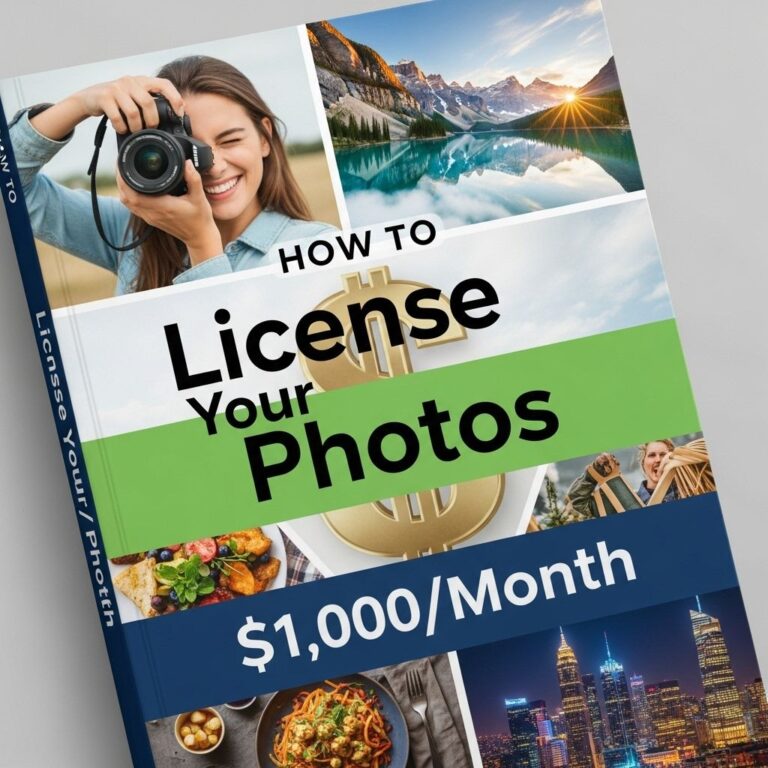Embarking on a photography journey can be both exciting and overwhelming, especially for beginners who are eager to capture the world around them. To help you start off on the right foot, we’ve compiled a list of essential tools every budding photographer should consider for their camera setup. These items not only enhance your shooting experience but also improve the quality of your photographs, making your journey into photography more enjoyable and productive.
Table of Contents
1. Camera Body
The foundation of your photography setup is undoubtedly the camera body. When choosing your first camera, consider the following:
- DSLR vs. Mirrorless: DSLRs are traditional cameras with optical viewfinders, while mirrorless cameras are more compact and offer electronic viewfinders.
- Sensor Size: Larger sensors can capture more light, resulting in better image quality, especially in low-light situations.
- Ergonomics: Choose a camera that feels comfortable in your hands and has intuitive controls.
2. Lenses
Your choice of lens can significantly impact your photography. Here are some types of lenses to consider:
| Lens Type | Description | Ideal Use |
|---|---|---|
| Prime Lens | A lens with a fixed focal length. | Portraits, low-light situations |
| Zoom Lens | A lens with variable focal lengths. | Versatile shooting, landscapes |
| Macro Lens | A lens designed for close-up photography. | Detailed shots of small subjects |
Recommended Starter Lenses
- 35mm f/1.8 – great for portraits and street photography.
- 18-55mm f/3.5-5.6 – a versatile zoom lens for various situations.
- 50mm f/1.8 – excellent for low-light and portrait shots.
3. Tripod
A sturdy tripod is essential for stabilizing your camera during long exposure shots or when shooting in low light. Here are key features to look for:
- Weight: Lightweight tripods are easier to carry but ensure they are stable enough for your camera.
- Height: Opt for a tripod that can extend to your eye level or higher.
- Material: Aluminum tripods are affordable, while carbon fiber options are lighter and more durable.
4. Memory Cards
Investing in high-capacity and high-speed memory cards is crucial. Consider the following:
- Capacity: A minimum of 64GB is recommended for beginners to store plenty of photos.
- Speed Class: Look for UHS-I or UHS-II cards for faster write speeds, especially useful for shooting in RAW format.
- Brand Reliability: Stick to reputable brands like SanDisk, Lexar, or Kingston.
5. Camera Bag
A well-designed camera bag protects your gear and makes transportation easier. Key features include:
- Padding: Ensure the bag has adequate padding to protect your camera.
- Dividers: Adjustable dividers help organize your lenses and accessories.
- Size: Choose a size that fits all your gear without being too bulky.
6. External Flash
Natural light is not always available or sufficient, making an external flash a valuable addition. Here’s why:
- Versatility: An external flash can be angled or diffused for more flattering lighting.
- Power: They typically provide more power than built-in flashes.
- Control: Many external flashes offer manual and TTL (through-the-lens) modes.
7. Editing Software
Once your photos are taken, the editing process is crucial to enhancing your images. Here are a few popular options:
- Adobe Lightroom: Excellent for organizing and editing photos with powerful adjustment tools.
- Adobe Photoshop: Ideal for detailed retouching and advanced editing.
- Capture One: A favorite among professionals for its color grading capabilities.
8. Cleaning Kit
Keeping your equipment clean is essential for maintaining image quality. A basic cleaning kit should include:
- Lens Brush: Removes dust and debris from the lens.
- Microfiber Cloth: For wiping down lenses and camera bodies.
- Sensor Cleaner: Specifically designed for cleaning the camera sensor.
9. Spare Batteries
Don’t let a dead battery ruin your shooting experience. Consider the following:
- Brand Compatibility: Always use batteries from reputable brands or the camera manufacturer.
- Extra Capacity: Higher capacity batteries last longer, giving you more time to shoot.
10. Online Resources and Communities
Finally, don’t underestimate the power of learning from others. Engage with online resources, tutorials, and photography communities:
- Online Courses: Platforms like Udemy and Skillshare offer photography courses for beginners.
- Forums: Join photography forums to learn from experienced photographers.
- Social Media Groups: Participate in Facebook groups or Instagram hashtags for feedback and inspiration.
In conclusion, equipping yourself with the right tools is essential for any beginner photographer. By investing in these ten essential items, you will set a solid foundation for your photography journey. Remember, the most important thing is to practice and enjoy the process of capturing moments as you develop your skills.
FAQ
What are the essential tools for a beginner camera setup?
A beginner camera setup typically includes a camera body, a lens, a tripod, extra batteries, a memory card, and a camera bag.
Do I need a tripod for my camera setup?
Yes, a tripod is essential for stabilizing your camera for sharp images, especially in low-light conditions or for long exposure shots.
What type of lens should I buy for a beginner camera?
A versatile zoom lens, such as an 18-55mm or a 24-70mm, is a great choice for beginners as it covers a wide range of photography styles.
How many memory cards should I have for my camera?
It’s advisable to have at least two memory cards for your camera setup to ensure you have enough storage for your photos and videos.
Is a camera bag necessary for a beginner?
Yes, a camera bag is important to protect your camera gear and make it easier to transport your equipment.
What accessories are beneficial for a beginner photographer?
In addition to the essential tools, accessories like a lens cleaning kit, a UV filter, and a remote shutter release can enhance your photography experience.









